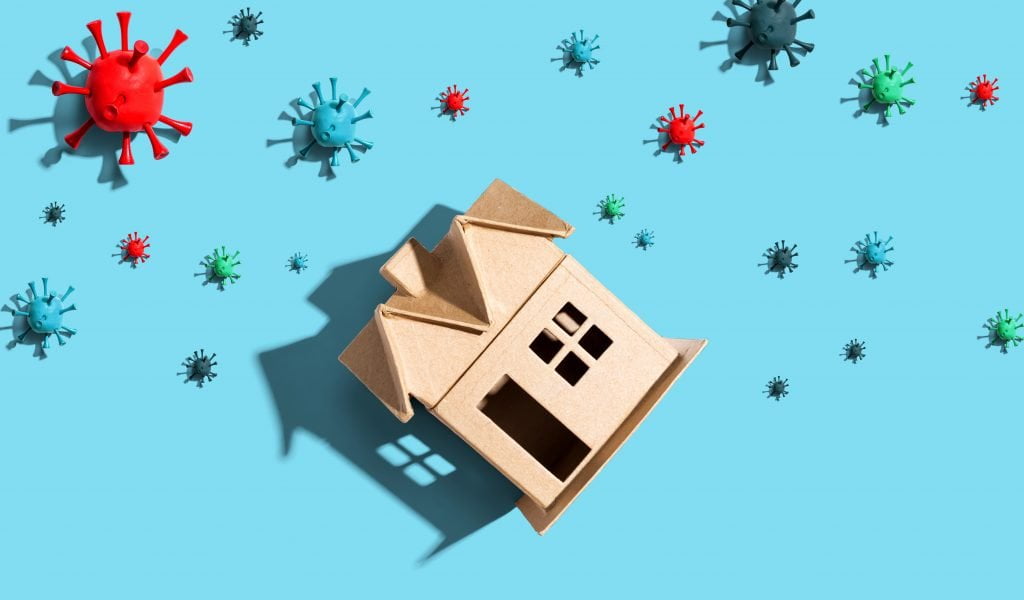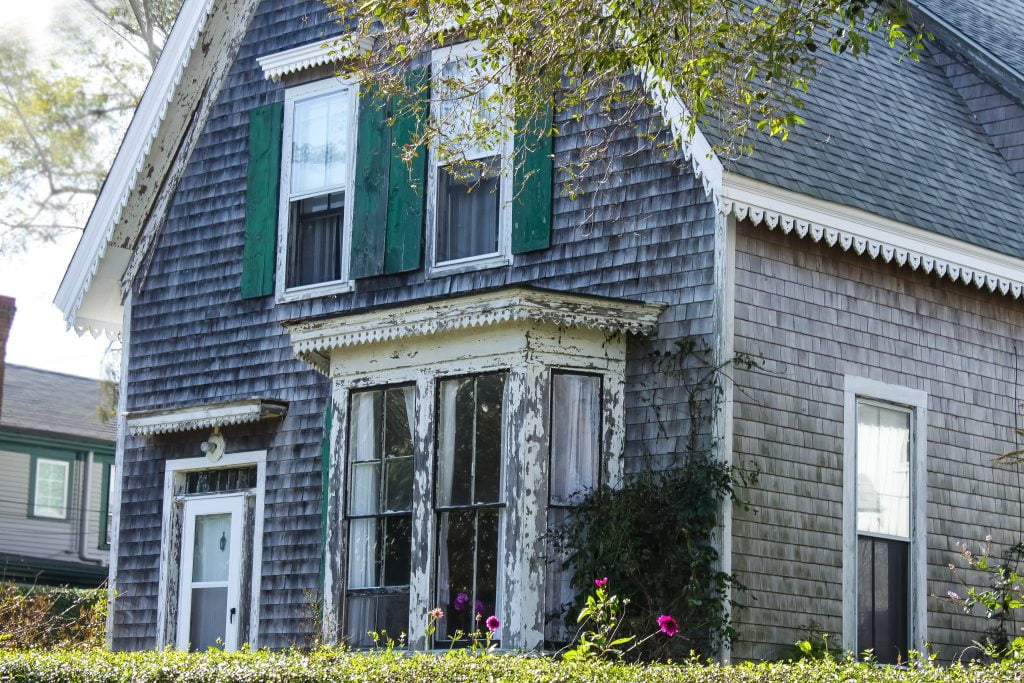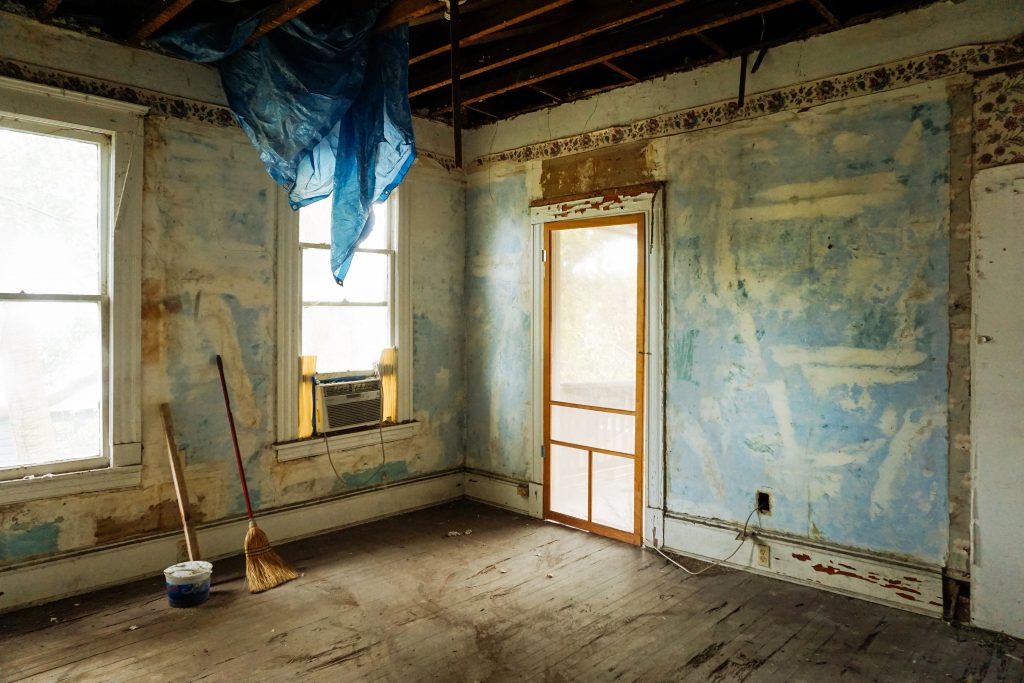As a result of the constantly evolving status of the COVID-19 pandemic—including social distancing and restrictions on commercial activity—real estate investors need to be extra vigilant to successfully fix & flip projects in a market severely impacted by the coronavirus. This is what you need to know to stay ahead of the competition in today’s real estate investing market.
The window of time between March and July is typically the ideal time of year to sell a property. June historically yields the highest seller premiums, with parents of adolescents aiming to get settled into their new homes well in advance of the beginning of the school year in August and September. This year, however, amidst the widespread market instability and general sense of uncertainty, this buyer behavior data may not be as reliable for the majority of the real estate markets nationwide.
Collectively, most economists agree that the sharp decline in economic production that initially started midway through March will subsequently lead to a corresponding reduction in property sales. Recent surveys conducted by the U.S. Department of Commerce indicating that after reaching an 11-year spike in February 2020, mortgage applications on a national basis decreased by 29.4% in the week ending March 20 foreshadows the potentially devastating after-effects of COVID-19 on the housing sector.
While a nationwide transactional decline is anticipated in the real estate market, on a locale-by-locale comparison, the overall performance of different regional sectors is exhibiting a wide degree of variance thus far—indicating that the eventual sale of fix-and-flip projects will be heavily dependent on the unique manner in which the coronavirus impacts the respective local market. To illustrate, new housing starts may be on the decline in a particular market, while existing homes are selling like hotcakes. More recently constructed homes that carry higher selling prices may linger on the market, whereas a priced-to-sell renovated house may sell right away.
What does this mean for real estate investors? Put simply, more legwork will be required to successfully predict the viability of a given rehab project before the actual on-site work actually begins. That means conducting a close analysis of comparable properties, or “comps”, is more important than ever. Studying the sales history of properties sold within the last three months in a given local market will give investors a more accurate method of forecasting the chances of success for their individual property portfolio.
This independent research is becoming vital, as the real estate market is in a state of constant flux that does not always follow a logical pattern. For example, one regional real estate market many thought would experience issues was Seattle, Washington—an area in which one of the first widespread outbreak of COVID-19 cases in the United States was well documented. However, Seattle properties are currently being sold for 0.6% above the listing price due to the considerably low inventory of the metropolitan Seattle real estate market for home buyers to select from.
One of the most essential steps for real estate investors focusing on fix-and-flip properties to take is to ensure their projects feature the specific amenities that their target customer base is searching for and that their rehabs are priced competitively for the local market. Now, more than ever, attention to detail and high-quality construction is vital for successfully selling a property.
A key advantage fix-and-flip investors must offer to potential home buyers who are observing coronavirus social distancing measures is a chance to visually experience the property. Working with a trusted real estate agent to ensure that properties for sale are listed on the full range of free real estate platforms will increase the visibility of the fix-and-flip project. Additionally, investors should make sure that their completed projects are virtually featured in such a way that accentuates the property’s distinctive qualities, including the areas that have been recently upgraded.
With the increased emphasis on the aesthetic aspect of for-sale properties, investors may consider partnering with a virtual staging specialist to offer prospective buyers an interactive online tour experience featuring high definition images that can be obtained for reasonable prices. The return on investment could be well worth it—as the longer properties linger on the market, the slimmer investor’s profit margins become.




